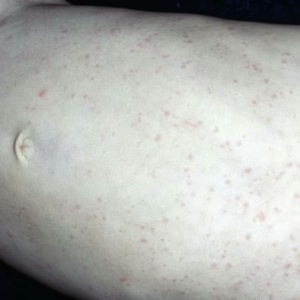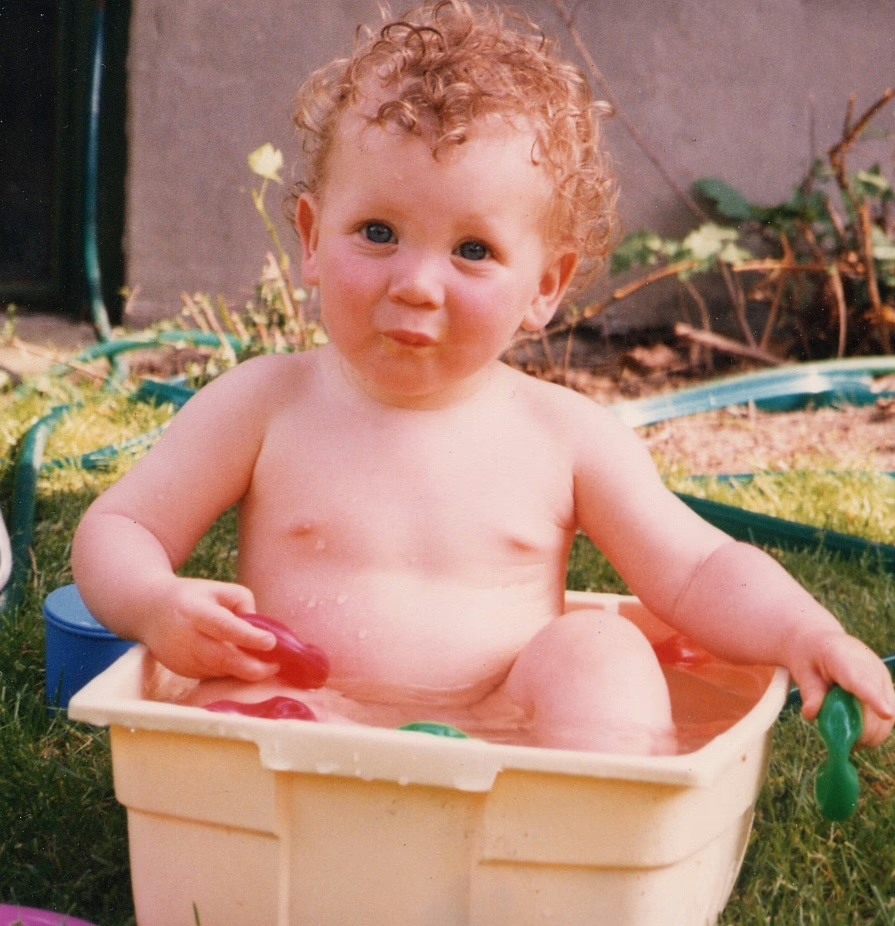Roseola is a prevalent viral infection that primarily affects infants and young children, typically under two years of age. Characterised by a sudden high fever followed by a distinctive rash, roseola is generally mild and resolves on its own within a week.
The initial sign of roseola is often a sudden, high temperature that can exceed 38°C. This fever lasts for approximately three to five days and may be accompanied by symptoms resembling a common cold, such as a sore throat, runny nose, and cough. Additional signs can include loss of appetite, swollen eyelids, and swollen glands in the neck.
As the fever subsides, a rash typically emerges. This rash consists of pinkish-red spots, patches, or bumps that usually start on the chest, tummy, and back, before spreading to the face, neck, and arms. Notably, the rash is not usually itchy or uncomfortable and normally fades and disappears within two days. On darker skin tones, the rash may be more challenging to detect.
In most cases, roseola can be managed effectively at home. Here are some recommended steps:
-
Rest: Ensure your child gets ample rest to aid recovery.
-
Hydration: Encourage your child to drink plenty of fluids to stay hydrated.
-
Fever Management: If the high temperature causes discomfort, administer children’s paracetamol or ibuprofen, adhering to the dosage instructions on the packaging.
-
Home Care: Keep your child at home while they have a high temperature, as this is when roseola is thought to be most contagious.

When to Seek Medical Advice
While roseola is typically mild, certain situations warrant prompt medical attention:
-
Infants Under Three Months: If your baby is under three months old and has a temperature of 38°C or higher, seek immediate medical advice.
-
Persistent Fever: If your child’s high temperature persists for more than five days or doesn’t respond to paracetamol or ibuprofen, consult a healthcare professional.
-
Dehydration Signs: Be alert for signs of dehydration, such as infrequent urination, sunken eyes, and absence of tears when crying.
-
Unusual Behaviour: If your child is not their usual self and you’re concerned, it’s advisable to seek medical advice.
Emergency Situations
In rare instances, roseola can lead to complications. Seek emergency medical care if your child exhibits any of the following:
-
Skin Discolouration: Blue, grey, pale, or blotchy skin, lips, or tongue.
-
Non-Blanching Rash: A rash that doesn’t fade when a glass is rolled over it, similar to meningitis.
-
Breathing Difficulties: Signs include grunting noises, stomach sucking under the ribcage, breathlessness, or rapid breathing.
-
Unusual Crying: A weak, high-pitched cry that’s not typical for your child.
-
Lethargy: Unresponsiveness, lack of interest in feeding or normal activities, excessive sleepiness, or difficulty waking.
In such cases, call 999 or proceed to the nearest A&E department immediately.
To minimise the risk of transmission:
-
Isolation During Fever: Keep your child at home while they have a high temperature.
-
Hygiene Practices: Encourage regular handwashing and the use of tissues when coughing or sneezing.
Once the fever has subsided, and if your child feels well enough, they can return to nursery or other activities; there’s no need to wait for the rash to disappear.
For more detailed information, refer to the NHS guidelines on roseola.

